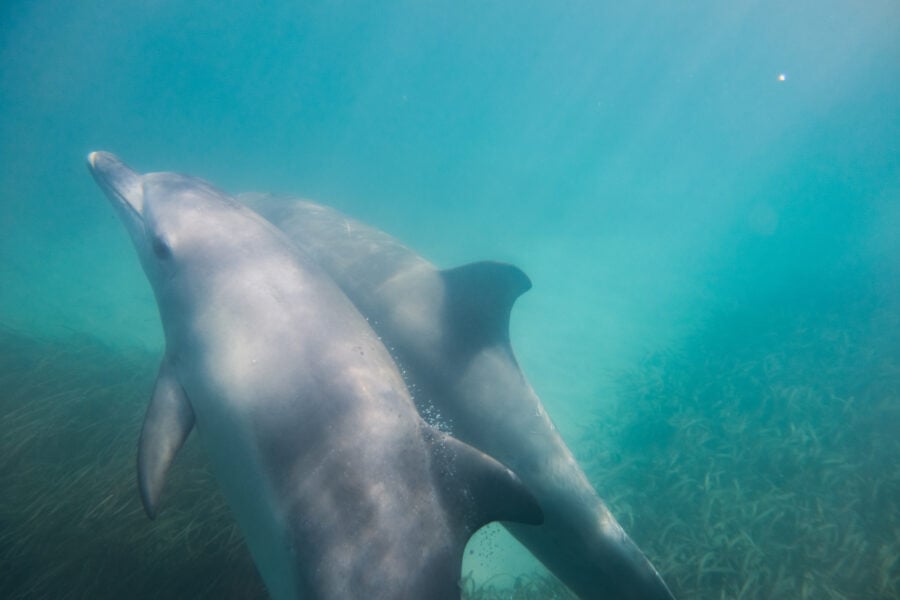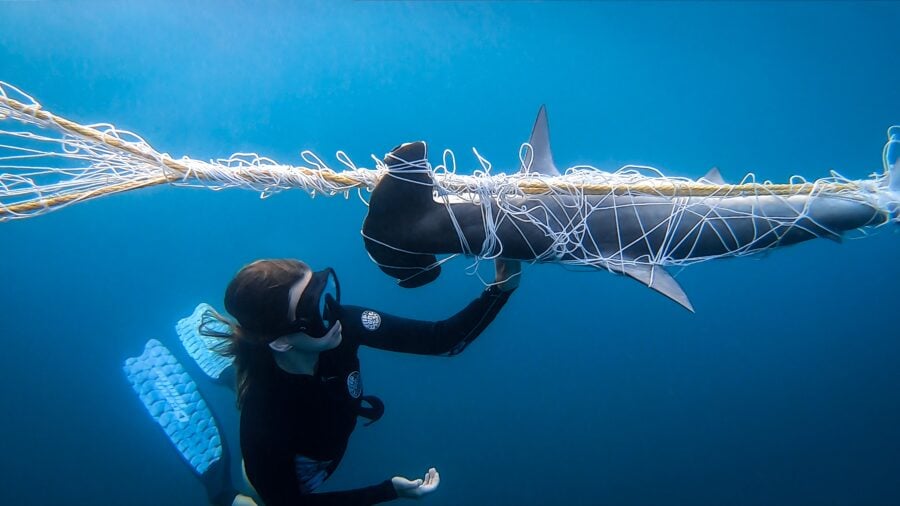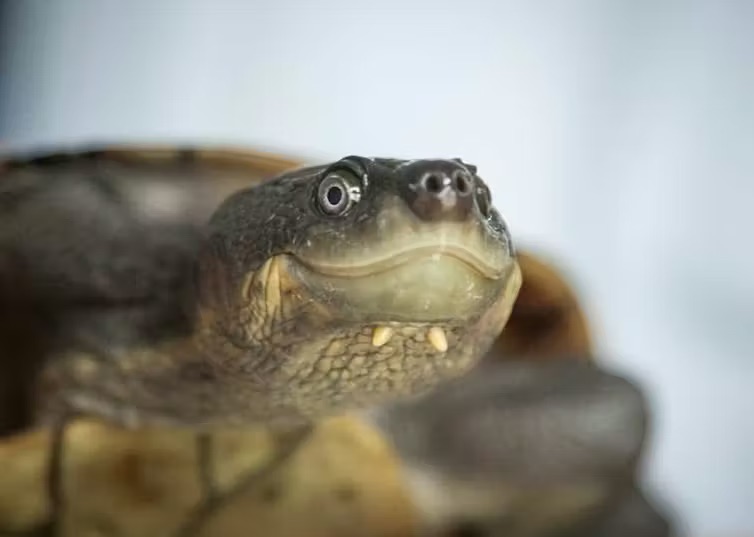Dredge dumping banned on Great Barrier Reef

THE FEDERAL GOVERNMENT has announced a plan to ban the dumping of dredge spoil in the Great Barrier Reef Marine Park.
The proposal may go some way to prevent the icon from ending up on a global list of endangered World Heritage Sites – but some environmental groups have already voiced concerns over the extent of the ban.
Speaking today at the IUCN World Parks Congress in Sydney, federal Environment Minister Greg Hunt said: “The World Heritage Committee asked us to investigate options for disposal on land. The Queensland Government in conjunction with the Commonwealth has said that they will no longer seek a marine disposal, and they have accepted the advice of the World Heritage Committee and they will do it on land.”
Dredging has occurred in coastal waters along the 2300km-long reef to allow large coal, gas and other resource carriers to access ports. Sand, clay and rock sediments damage reef sites that they are dumped on, but can also drift for up to 100km.
In 2012 the World Heritage Committee (WHC) expressed concerns over the expansion of Queensland port developments, as well a variety of other impacts (such as bleaching and the invasive crown-of-thorns starfish), which have seen coral cover on the reef halve since the 1980s.
Great Barrier Reef’s World Heritage threat
Following that, the 348,000sq.km Great Barrier Reef World Heritage Area was put on threat of being listed as a “World Heritage Site in danger” – a major international embarrassment for Australia and a dubious distinction shared by few other developed nations.
“We take this very seriously and have committed a great deal of human and financial resources to ensuring that we do meet [the WHC’s] concerns,” federal Minister for Foreign Affairs, Julie Bishop told reporters today.
The WHC will next consider the issue at a 2015 meeting.
Julie Marton-Lefevre, director-general of the UN’s International Union for Conservation of Nature (IUCN), in Sydney for the World Parks Congress, was positive that Australia might be able to meet the committee’s concerns.
“I am optimistic and I am grateful for the fact that the Australian Government has entered into a dialogue with us about this,” she said. “We will know next year, but I think we’re making progress together.”
NGOs question missing one per cent
WWF Australia spokesperson Richard Leck said they supported the government’s announcement. “It’s very significant that they recognised that dumping is a big problem for the reef,” he told Australian Geographic.
However, Richard raised questions about a difference in size between the marine park and the larger World Heritage Area (WHA), which amounts to one per cent.
“Relative to the size of the marine park it doesn’t seem very big,” he said. “But that difference is huge, because 80 per cent of the dumping in recent years has occurred inside the WHA, but outside the marine park.”
Felicity Wishart with the Australian Marine Conservation Society (AMCS) agrees. “We’re talking about a 3,600sq.km loophole,” she said. “You’ve got port facilities that abut the marine park, and often they’ve got a dredge allocation right outside the park and it can drift right in.”
Holding the government to account
Felicity said the AMCS’s job was to “continue to hold the government to account” and she accused the environment minister of glossing over the distinction between the park and the WHA when he described them as “almost identical”.
Furthermore, she added, dumping dredge spoils from the controversial Abbot Point port development on land won’t necessarily solve the problem of pollution either, as the proposed site is the ecologically significant Caley Valley Wetlands.
Dredge spoil dumped here would simply shift the damage to land, Felicity said, and would still leave open the possibility that sediments washing onto the reef anyway following heavy rains or a cyclone.
Richard added that the federal and state governments should look into optimising the capacity of existing ports before dredging to expand new ones.
“Ports along the Queensland coast currently run at about 50 per cent capacity… There’s a huge amount of opportunity to improve how they operate. So that’s the first thing that should be looked at before proposing new developments.”




